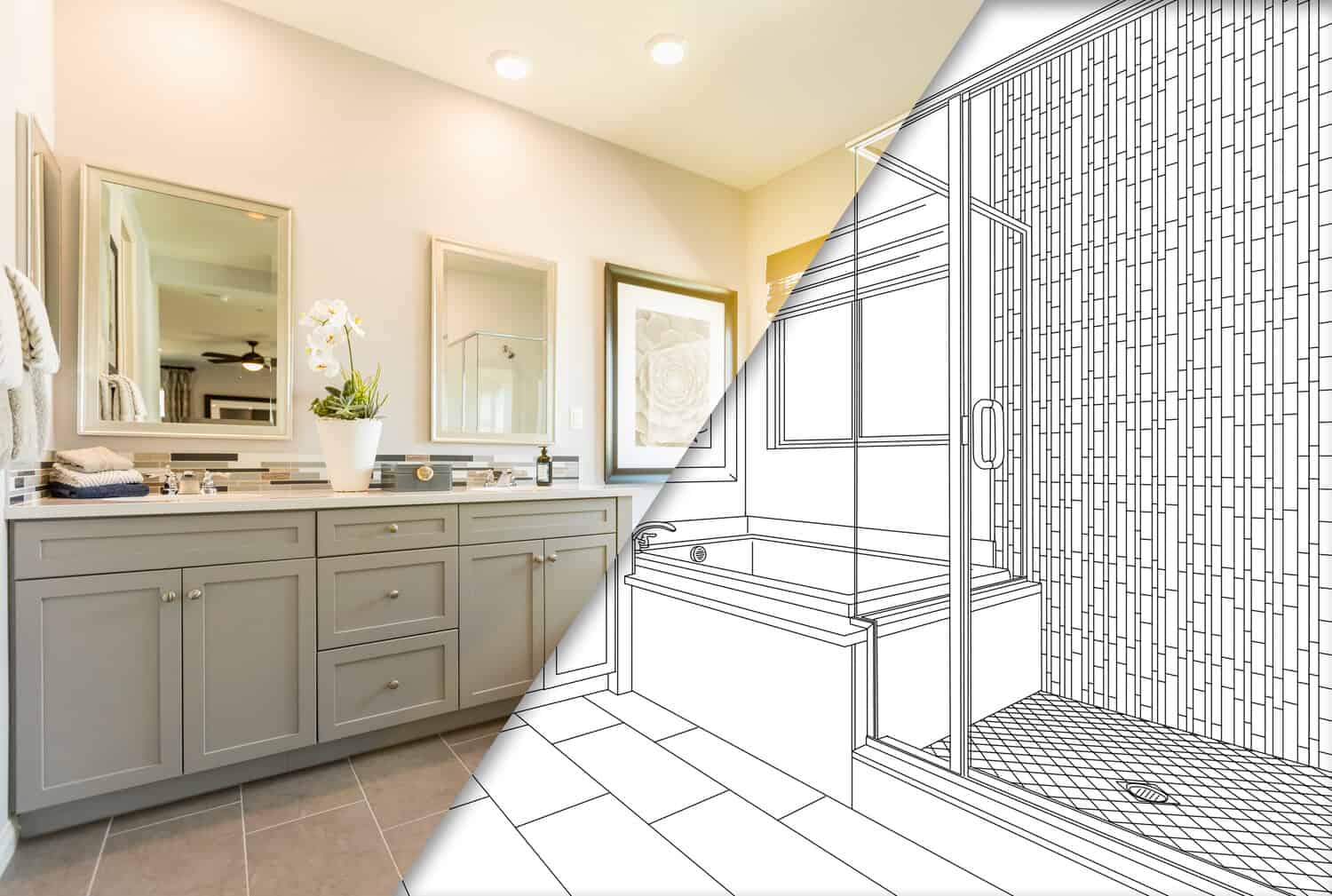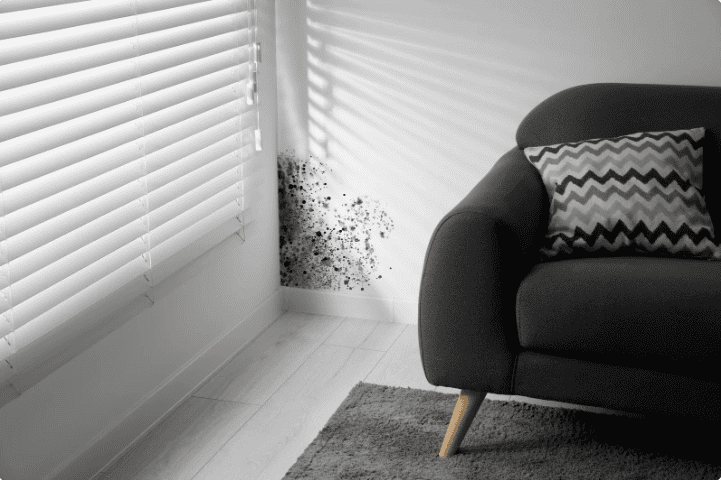Tub to Shower Conversions: Everything You Need to Know
Converting a bathtub into a shower is one of the most popular bathroom remodeling projects. Homeowners looking for a modern, space-saving, and accessible bathroom often choose this upgrade. Whether you want to maximize space, improve functionality, or simply update your bathroom’s style, a tub-to-shower conversion can be a great investment.
But before you start the project, it’s important to understand the process, costs, benefits, and potential challenges. This guide will walk you through everything you need to know about tub-to-shower conversions.
Why Convert a Tub to a Shower?
Converting a tub to a shower is a smart upgrade for homeowners looking to improve accessibility, save space, and modernize their bathroom. Walk-in showers offer a sleek, contemporary look while making daily routines more convenient, especially for those with mobility concerns. They also use less water than traditional bathtubs, contributing to lower utility bills and a more eco-friendly home. Additionally, a well-executed tub-to-shower conversion can boost property value and appeal to future buyers who prefer a stylish, functional bathroom.
Here is a breakdown of the key benefits:
Increases Accessibility
Walk-in showers are much easier to access than bathtubs, especially for older adults or people with mobility issues. A traditional bathtub requires stepping over a high ledge, which can be hazardous. A low-threshold or curbless shower removes this barrier, making bathing safer and more convenient for individuals with limited mobility or disabilities. Grab bars and built-in seating can further enhance safety and comfort in the shower area.
Saves Space
Showers occupy less space than bathtubs, making them ideal for small bathrooms. A tub-to-shower conversion can create an open, spacious feel in your bathroom. By removing the bathtub and replacing it with a shower, homeowners can free up floor space, allowing for additional storage solutions or a more open layout. This is particularly beneficial for apartments, guest bathrooms, or any home where maximizing space is a priority.
Modernizes Your Bathroom
Bathtubs can look outdated, especially in older homes. Over time, tubs can develop stains, chips, or discoloration that detract from the bathroom’s overall appearance. A sleek, tiled walk-in shower or glass-enclosed shower instantly upgrades the aesthetics of your bathroom, giving it a more contemporary and stylish feel. Many modern showers also come with high-end features such as rain showerheads, built-in shelves, and digital temperature controls.
Reduces Water Usage
Showers generally use less water than a full bathtub, making them a more eco-friendly choice. Filling a standard bathtub can use 30-50 gallons of water, while a 10-minute shower with a low-flow showerhead can use as little as 20 gallons. If you install a water-efficient showerhead, you can save even more on your water bill while reducing your household’s overall water consumption, contributing to sustainability efforts.
Increases Home Value
While keeping at least one bathtub in a home is recommended for resale purposes, a tub-to-shower conversion can appeal to many buyers. Many homebuyers, particularly those without young children, prefer showers over bathtubs due to their convenience, ease of cleaning, and contemporary aesthetic. A professionally executed conversion can increase your home’s value and appeal to a wider range of buyers.
Key Considerations Before Converting
Before starting your tub-to-shower conversion, there are a few things to consider. Not every bathroom is best fit for a shower conversion. You’ll have to evaluate your space, plumbing, budget, and more. You also might have to call a professional bathroom contractor for a consultation to see if your space will benefit from this renovation.
Here are a few things to consider:
Space and Layout
Measure your bathroom to ensure there is enough space for a walk-in shower. Consider the placement of plumbing and any structural limitations. It’s essential to evaluate how a shower will fit into your current layout and whether additional changes, such as moving the toilet or vanity, may be necessary. Proper planning ensures that the new shower design enhances both aesthetics and functionality.
Plumbing Adjustments
Since bathtubs have different plumbing configurations than showers, some adjustments may be required. This may include repositioning the drain and upgrading water lines. For example, bathtub drains are typically located along one side, whereas showers often use a center drain. Hiring a professional plumber ensures that these modifications are made correctly, preventing potential drainage issues or leaks in the future.
Waterproofing and Drainage
Proper waterproofing is crucial to prevent leaks and mold growth. Bathrooms are naturally humid environments, making it vital to install a waterproof membrane behind tiles and around the shower area. Choosing the right drainage system, such as a center or linear drain, will help maintain a functional and efficient shower by directing water flow properly and preventing standing water issues.
Shower Enclosure Options
Once you decide on a tub-to-shower conversion, there are several shower enclosure styles to choose from.
- Frameless Glass Enclosure: Offers a sleek, modern look while providing an open and airy feel. This option is perfect for contemporary designs but may be more expensive.
- Framed Glass Shower: More affordable and durable than frameless glass, providing a classic, structured look that complements most bathroom styles.
- Shower Curtain: A budget-friendly option that provides flexibility and can easily be changed to match different bathroom aesthetics. While less sophisticated than glass enclosures, it is easy to maintain and replace.
Material Selection
Choosing the right materials will impact both aesthetics and maintenance. Some popular shower wall options include:
- Tile: A customizable and stylish choice, but it requires regular grout maintenance to prevent mold and staining.
- Acrylic or Fiberglass Panels: Easy to install and maintain, with a seamless appearance that resists mold and mildew.
- Natural Stone: Adds luxury but requires more upkeep due to its porous nature and susceptibility to moisture damage.
Types of Shower Designs to Consider
Showers can be created to fit a variety of designs and styles. Here are some popular shower styles to consider:
Walk-In Showers
A walk-in shower provides a sleek and modern look while improving accessibility. These showers often feature glass enclosures or open layouts that make the bathroom appear larger and more inviting. Many walk-in showers incorporate built-in benches, rainfall showerheads, and recessed shelving for added convenience.
Corner Showers
If space is a concern, a corner shower is a smart choice. These showers fit neatly into the corner of the bathroom, maximizing floor space without sacrificing comfort. Corner showers are particularly useful in small bathrooms where every inch matters.
Neo-Angle Showers
Neo-angle showers feature a unique shape with a glass enclosure, making them a stylish and space-efficient option for compact bathrooms. Their geometric design allows for a more open feel while optimizing space usage.
Curbless Showers
Also known as barrier-free showers, curbless designs eliminate the step into the shower, providing a seamless transition that is both visually appealing and accessible. This design is especially beneficial for those with mobility concerns or anyone looking for a sleek, modern aesthetic.
Steam Showers
For a spa-like experience, a steam shower incorporates a steam generator to produce soothing steam, offering relaxation and wellness benefits. These showers can transform your bathroom into a personal retreat, making them an excellent option for those who prioritize self-care and luxury.
Common Mistakes to Avoid
Homeowners should always be informed of common mistakes to avoid when remodeling their bathrooms. The following are just a few common errors that might get looked over:
- Ignoring Drainage Needs: Poor drainage can lead to water pooling and leaks.
- Skipping Waterproofing: This can cause mold and structural damage.
- Choosing the Wrong Materials: Some materials require more maintenance than others.
- DIY Without Experience: Plumbing and waterproofing mistakes can be costly to fix.
Cost of a Tub-to-Shower Conversion
The cost of converting a tub into a shower in Florida varies based on several factors, including materials, labor, and necessary plumbing adjustments. Here’s a breakdown of estimated costs:
- Removing the old bathtub: $300 – $800
- Plumbing adjustments: $500 – $2,000
- Shower base installation: $200 – $1,350
- Wall materials (tile, acrylic, etc.): $800 – $3,900
- Shower door or enclosure: $500 – $3,250
- Labor costs: $1,500 – $6,500
Total costs for a tub-to-shower conversion generally range between $3,000 and $17,800. Careful budgeting and choosing cost-effective materials can help manage expenses while still achieving a high-quality transformation.
Is a Tub-to-Shower Conversion Right for You?
If you rarely use your bathtub and want a more modern, functional bathroom, a tub-to-shower conversion is a great choice. However, if you plan to sell your home in the future, consider keeping at least one bathtub in your house for resale value.
By planning ahead, choosing high-quality materials, and hiring a professional if needed, you can enjoy a stylish and long-lasting shower conversion that enhances your bathroom’s comfort and value





